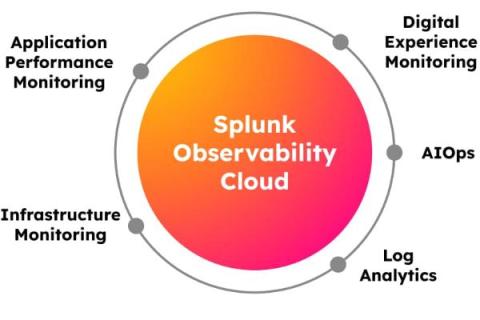Why You Need Observability With the Splunk Platform
Splunk’s extensible and scalable data platform has been instrumental in helping ITOps teams fully understand their tech environments and tackle any IT use case with data streaming, dashboarding, federated search, AI/ML, and more. But, with the explosion of telemetry and the growing complexity of digital systems, ITOps practitioners who rely solely on a logging solution are missing out on critical insights from their digital systems.








